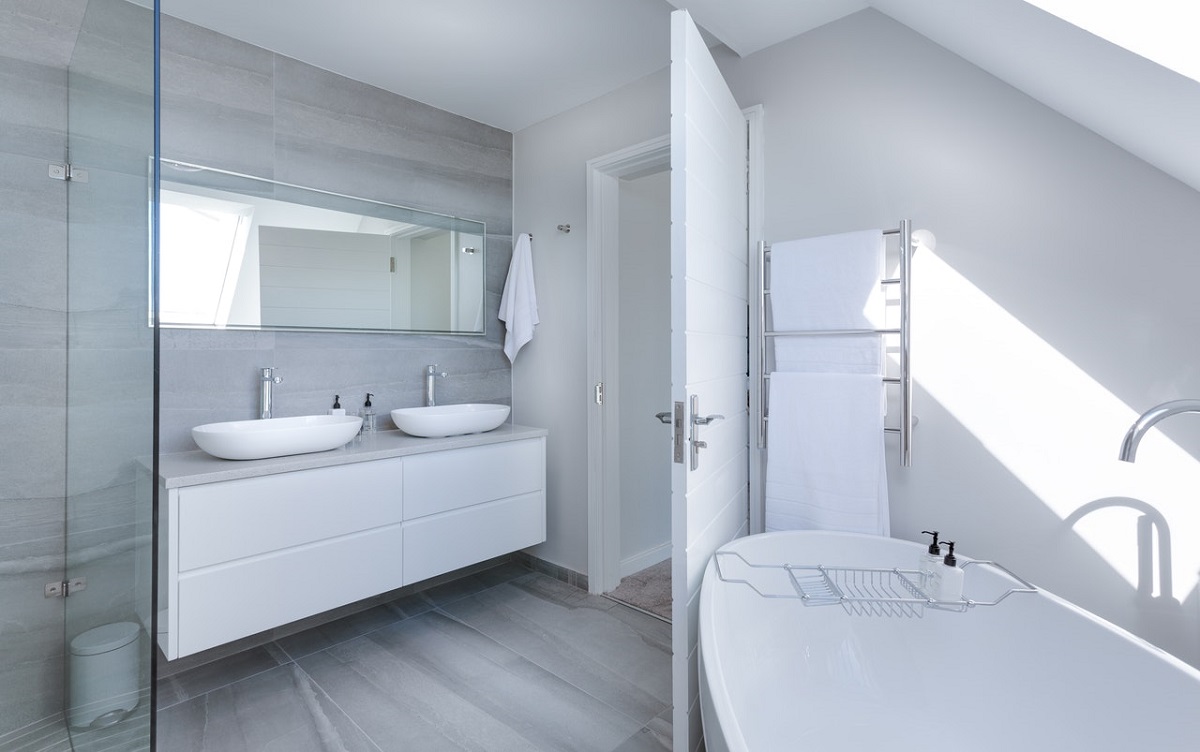Your bathroom is probably your favorite spot in the house. It’s where you get your me-time while bathing in the tub or just sitting on the toilet bowl doomscrolling on your phone. It’s equipped with all the nice things you could find, such as quaint faucets and bathroom vanities for sale at the most recent flea market you visited. Yes, it’s your private nook. You take pride in what you’ve done with your bathroom.
However, just because your bathroom looks pretty and feels cozy does not mean it’s perfect and free from potential danger. There might be health and safety hazards lurking there. Here are some of them.
Mold
You hear the word mold frequently. And you’re probably desensitized from it. That shouldn’t be the case because mold infestation poses a legitimate danger. And that danger is more pronounced in bathrooms where it’s always damp or humid. Remove molds from caulk lines, in between tiles, inside ductwork, and behind walls and ceilings.
Light switches, faucet handles, and doorknobs
If you have yet to afford automatic and sensor-equipped doors, faucets, and lighting fixtures, at the very least make sure everything in the bathroom that people touch or hold is consistently cleaned and disinfected. They could be harboring harmful organisms such as mold and mildew, yeast, and bacteria, including Listeria and E.Coli.
Shower curtain vapors
You want a shower curtain for modesty. Maybe there are times when two people need to be in the bathroom at the same time. But make sure you install a shower curtain made from safe materials. Be wary of vinyl curtains, for instance. Some health experts suspect they release toxic chemicals in the form of vapor.
Soap scum
Most people neglect to remove soap scum on the shower floor or the bathtub thinking it’ll dissolve soon enough so there’s no cause for concern. However, while that’s true, it’s also true that soap scum is notorious for causing falls and slips. And you never know when those things might happen. So you might as well get rid of soap scum every chance you get instead of risking it.
Poor water quality
Maybe you’re not a water expert. Still, there’s a way to determine whether your water supply is of the highest quality. By that we mean it should not contain high levels of minerals like lime and calcium. Those things will cause unsightly stains on your bathroom fixtures. Plus, hard water can be harmful to your health too.

Chemicals in bathroom products
When you shop for bathroom essentials, make it a habit to read the labels. While you want your hair and body to smell good, you also want to look after your health. Some health experts warn that some shampoos, for example, contain 1,4-dioxane and formaldehyde. These chemicals cause an array of skin conditions. Plus, they might trigger the onset of cancer.
Termites
Termites might not harm you and your loved ones, per se. But they can compromise the structural integrity of your house over time. You do not want walls or ceilings collapsing while you’re asleep. Begin your fight against termite infestation in moisture-prone areas of the house, such as the bathroom. Termites like things damp. That’s where they feed and grow and procreate. Seal cracks in the bathroom floor to ensure that water does not leak under the tiles.
Showerheads
They are wet pretty much all the time. And you know what happens to wet things. They attract a horde of organisms, some of which could be utterly harmful to your health. Think Legionella pneumophila and Mycobacterium avium. Your showerhead can make these bacteria airborne.
Your bathroom is where you do most of your self-care routine. You complete your skincare regimen in the bathroom, for example. Your daily commitment to empty your bowel is obviously done in the bathroom. You even do some much-needed introspection in the bathroom because it’s the one place in the house where you are least likely to get interrupted. It only follows that you need to ensure the space is as safe as possible.
Start your bathroom safety crusade by looking into the hazards included in this list. Repair those you could repair. Get rid of those you could dispose of. The goal is to eliminate even the most seemingly innocuous safety risk. Plus, you need to educate the entire household about these risks. That way you know everyone in the house knows what to be wary of. And they can do their part in making sure your bathroom stays a-okay.